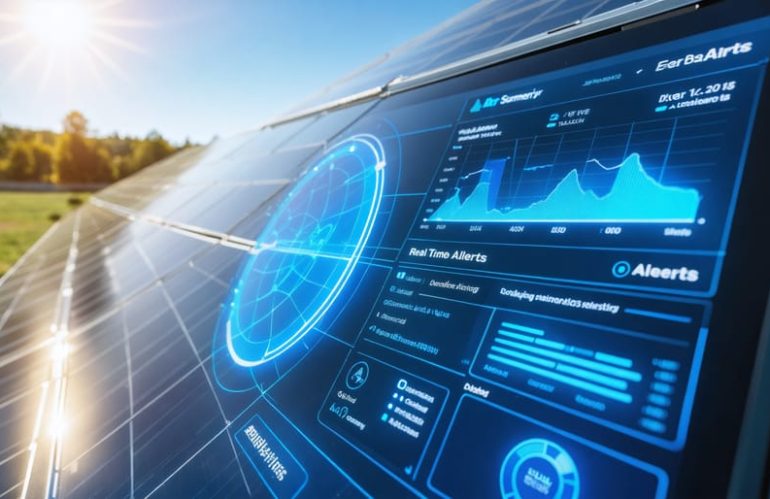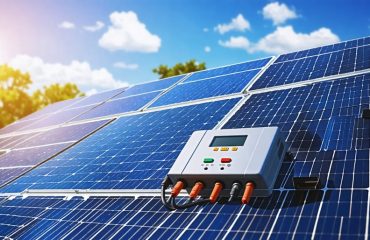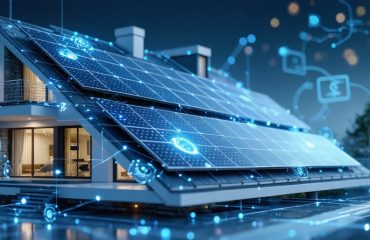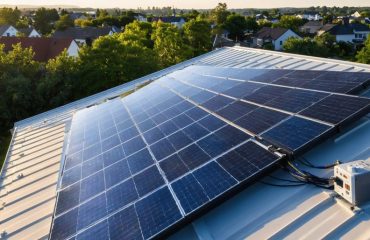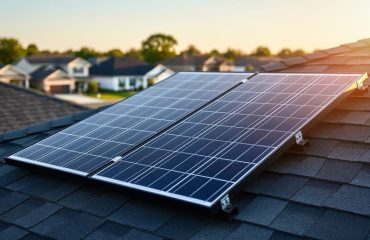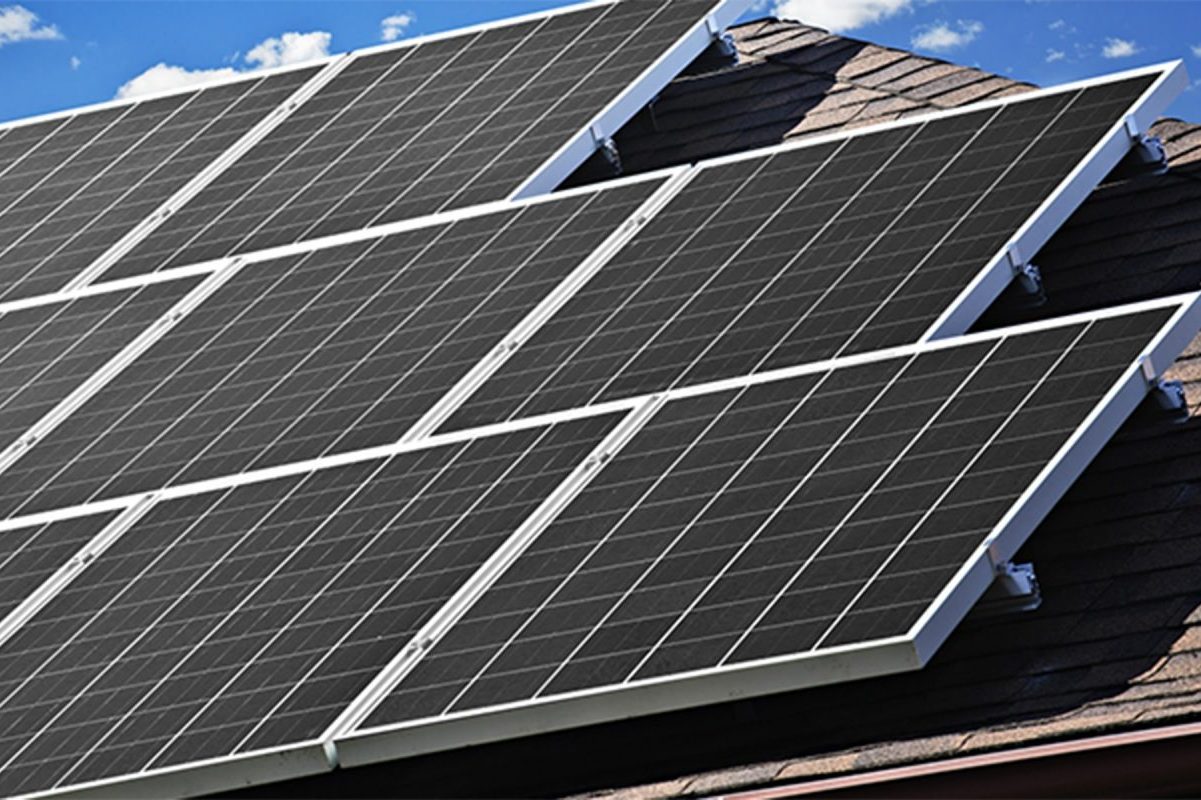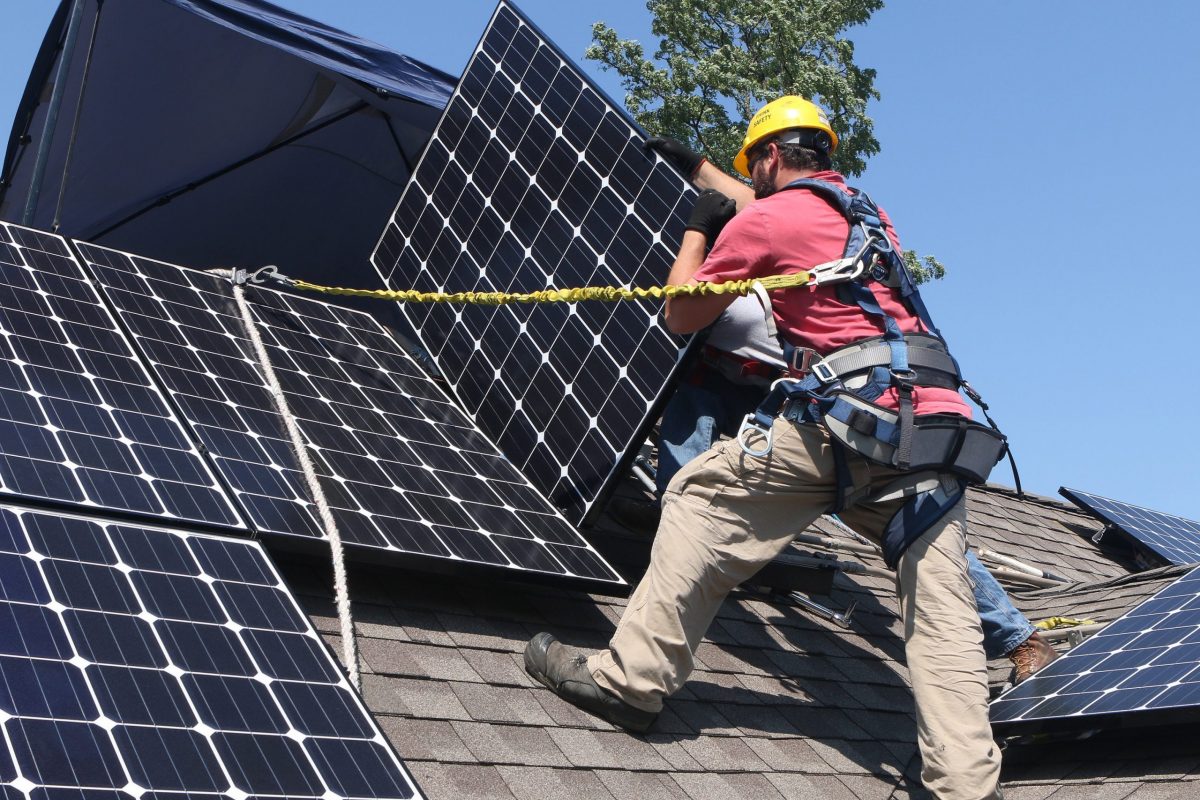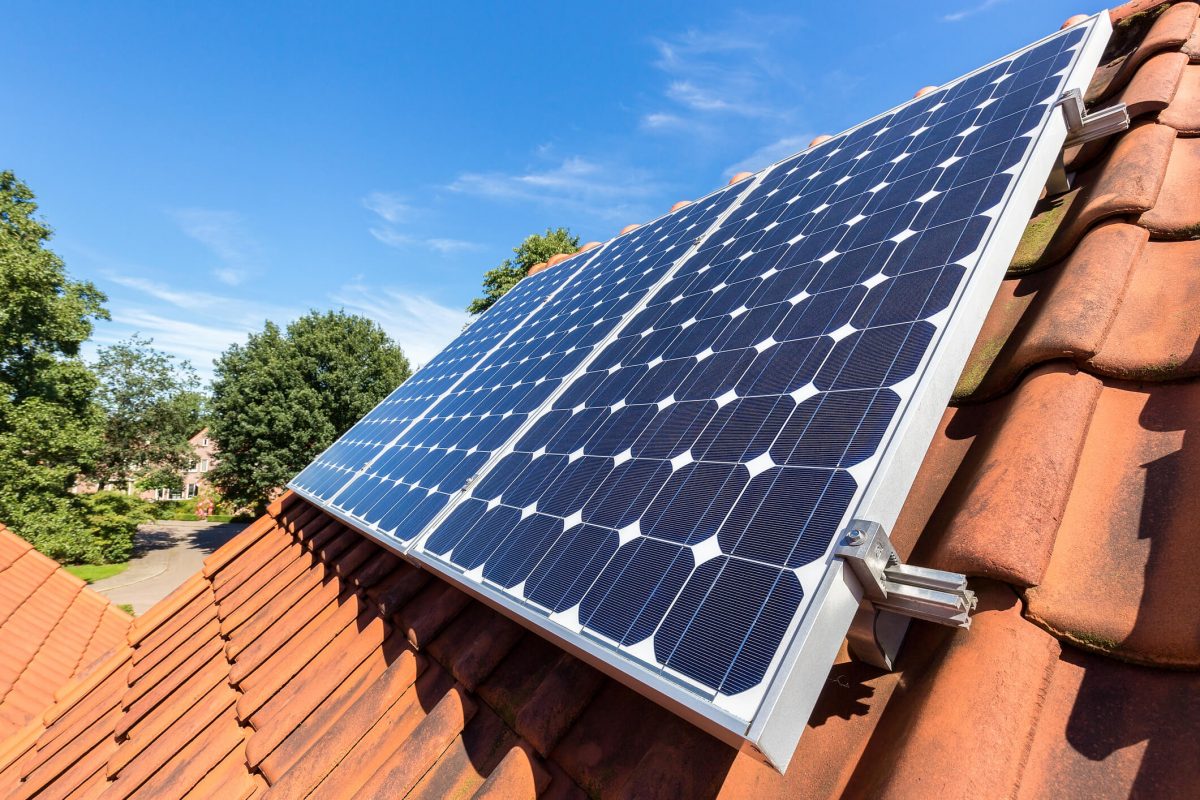Telemetry alarms serve as your solar system’s vital early warning system, protecting your renewable energy investment by instantly alerting you to potential issues before they become costly problems. These sophisticated monitoring systems track everything from power output fluctuations to equipment malfunctions, providing real-time updates directly to your smartphone or computer. For homeowners investing in solar energy, a reliable telemetry alarm system isn’t just an add-on—it’s an essential safeguard that can prevent system failures, optimize performance, and maintain peak efficiency throughout your installation’s lifetime. By continuously monitoring your solar array’s health and performance metrics, these smart systems ensure you’re maximizing your energy production while minimizing maintenance costs, offering peace of mind and tangible financial benefits for environmentally conscious homeowners.
What Are Solar Panel Telemetry Alarms?
Key Components of a Solar Telemetry System
A solar telemetry system consists of several key components working together to keep your solar installation running smoothly. At its heart is the monitoring device, which connects directly to your solar inverter to collect real-time data about energy production and system performance.
The system includes smart sensors that track various parameters like voltage, current, and power output. These sensors detect any unusual patterns or drops in performance that might indicate a problem. Temperature sensors monitor both the panels and inverter, ensuring they operate within safe ranges.
A data logger serves as the system’s memory, recording all this information for analysis and tracking long-term trends. This helps identify gradual performance declines that might otherwise go unnoticed. The communication gateway transmits this data securely to a central monitoring station or your personal device.
The user interface, typically a smartphone app or web portal, displays your system’s performance in an easy-to-understand format. You’ll see daily energy production, cost savings, and any active alerts. Many systems also include weather sensors to help correlate environmental conditions with system performance.
The alarm component monitors these readings against preset thresholds. When something falls outside normal parameters, it triggers an alert through your preferred notification method – email, text, or app notification. This early warning system helps prevent small issues from becoming major problems.
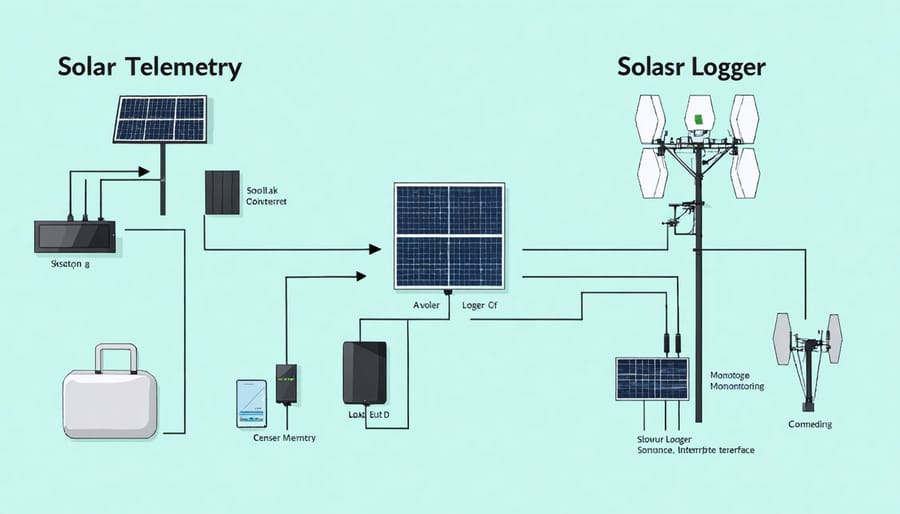
How Telemetry Alarms Protect Your Solar Investment
Real-Time Performance Monitoring
Modern telemetry systems provide real-time insights into your solar panel’s performance, helping you maximize your solar investment. These systems continuously monitor key metrics like power output, energy generation, and system efficiency throughout the day. Think of it as a health monitor for your solar installation, providing instant updates on how well your panels are converting sunlight into electricity.
The monitoring system tracks several important factors, including voltage levels, current flow, and overall energy production. It can detect subtle changes in performance that might indicate potential issues, such as unexpected drops in output or unusual power fluctuations. This data is typically accessible through user-friendly smartphone apps or web portals, allowing you to check your system’s performance anytime, anywhere.
What makes this technology particularly valuable is its ability to compare actual performance against expected output based on weather conditions and historical data. This helps identify when your panels aren’t performing at their best, ensuring you get the most from your renewable energy system while maintaining optimal efficiency.
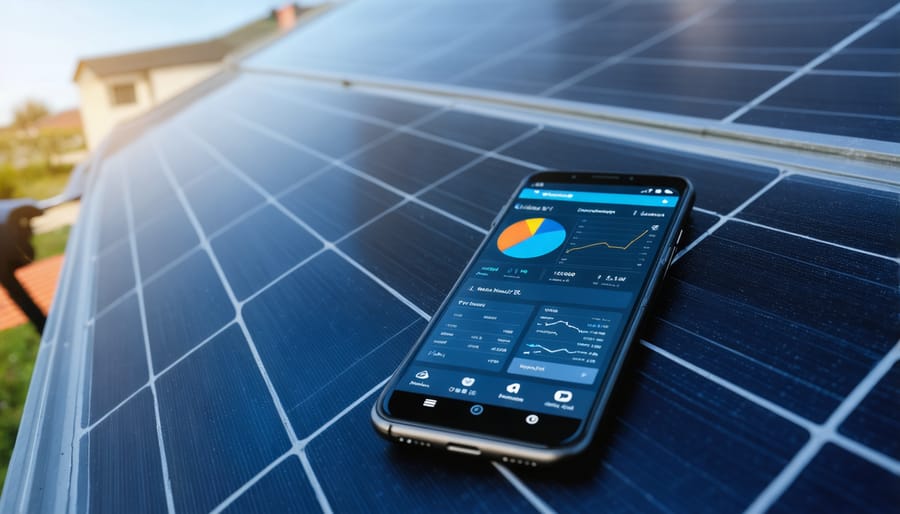
Instant Problem Detection
Telemetry alarms act as your solar system’s early warning system, instantly detecting issues that could impact performance or cause damage. Through real-time performance monitoring, these alarms can identify problems like sudden drops in power generation, connection failures, or unusual voltage fluctuations before they escalate into costly repairs.
For example, if a panel becomes partially shaded by fallen debris, the system immediately alerts you to the reduced output. This quick notification allows you to clear the obstruction before it affects your energy savings. Similarly, if an inverter starts showing signs of malfunction, the alarm catches these irregularities early, preventing potential system shutdown or component failure.
Weather-related issues are also swiftly detected. During severe storms, the system monitors for any impact damage or loose connections, helping you address these concerns promptly. Even subtle problems like gradual performance degradation from dust accumulation are flagged, ensuring your system maintains optimal efficiency year-round.
This proactive approach to maintenance saves both time and money while protecting your solar investment for the long term.
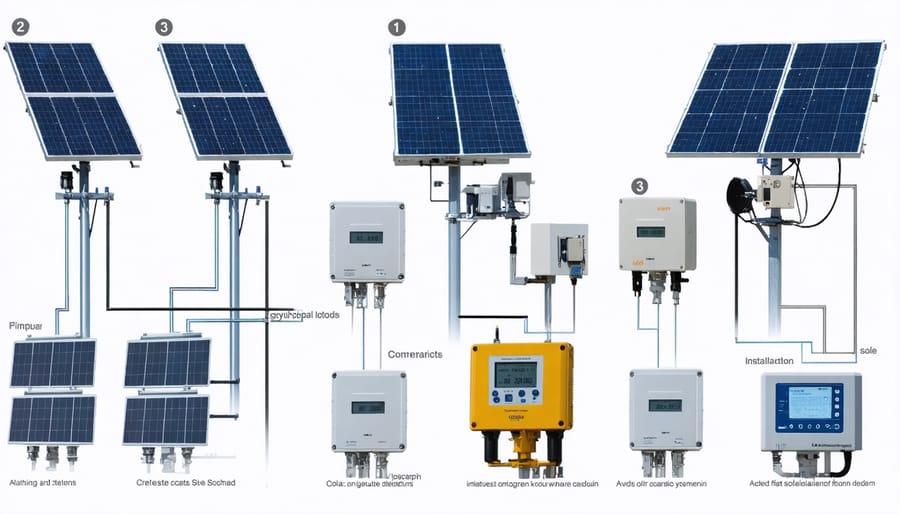
Setting Up Your Solar Panel Alert System
Setting up your solar panel alert system is simpler than you might think. Start by identifying the key metrics you want to monitor, typically including power output, voltage levels, and system temperature. Most modern solar installations come with built-in monitoring capabilities, but you’ll need to configure your preferred alert thresholds.
Begin by accessing your system’s monitoring platform through the manufacturer’s app or web portal. Look for the “Alerts” or “Notifications” section, where you can customize your warning parameters. Set gradual alert levels – for instance, a yellow warning when output drops by 15% and a red alert at 30% reduction.
Consider your local climate when establishing thresholds. If you live in an area with frequent cloud cover, adjust your alerts accordingly to avoid false alarms. Many systems allow you to set different parameters for different times of day or seasons.
Enable multiple notification methods – email, text messages, and mobile app alerts ensure you won’t miss important warnings. Some systems also offer automatic alerts to your installation company, providing an extra layer of protection.
Remember to test your alert system monthly by temporarily reducing panel exposure or using the system’s built-in test function. Regular testing ensures your alerts are working correctly and helps you familiarize yourself with the warning signals.
Keep your alert settings updated as seasons change and adjust them based on your system’s performance history. This proactive approach helps maintain optimal system efficiency and protects your solar investment.
Telemetry alarms represent a smart investment in protecting your solar energy system while maximizing its performance. By providing real-time monitoring and instant alerts, these systems ensure you’re always informed about your solar installation’s health and efficiency. Not only do they help prevent costly repairs through early detection of issues, but they also optimize energy production by quickly identifying and resolving performance drops. The peace of mind that comes from knowing your solar investment is protected, combined with the potential energy savings and reduced maintenance costs, makes telemetry alarms an essential component of any modern solar installation. Consider implementing this technology to safeguard your clean energy future and ensure your solar panels continue delivering optimal performance for years to come.

